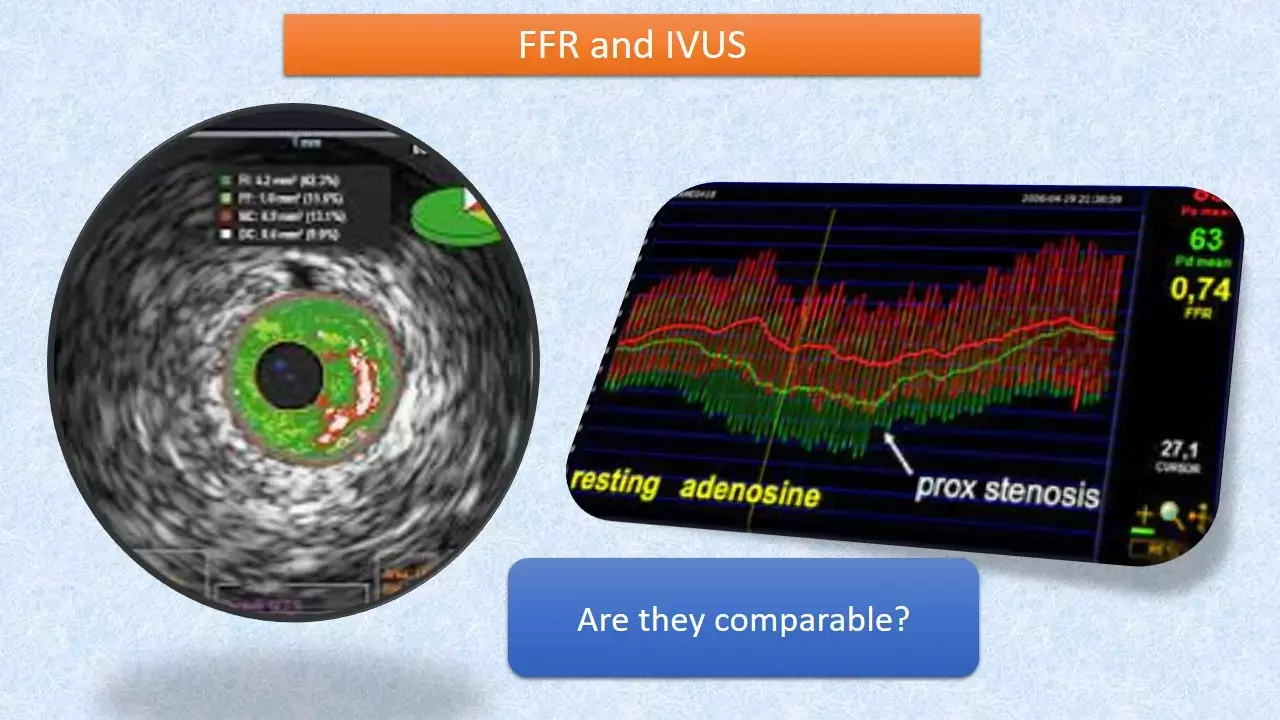- Home
- Medical news & Guidelines
- Anesthesiology
- Cardiology and CTVS
- Critical Care
- Dentistry
- Dermatology
- Diabetes and Endocrinology
- ENT
- Gastroenterology
- Medicine
- Nephrology
- Neurology
- Obstretics-Gynaecology
- Oncology
- Ophthalmology
- Orthopaedics
- Pediatrics-Neonatology
- Psychiatry
- Pulmonology
- Radiology
- Surgery
- Urology
- Laboratory Medicine
- Diet
- Nursing
- Paramedical
- Physiotherapy
- Health news
- Fact Check
- Bone Health Fact Check
- Brain Health Fact Check
- Cancer Related Fact Check
- Child Care Fact Check
- Dental and oral health fact check
- Diabetes and metabolic health fact check
- Diet and Nutrition Fact Check
- Eye and ENT Care Fact Check
- Fitness fact check
- Gut health fact check
- Heart health fact check
- Kidney health fact check
- Medical education fact check
- Men's health fact check
- Respiratory fact check
- Skin and hair care fact check
- Vaccine and Immunization fact check
- Women's health fact check
- AYUSH
- State News
- Andaman and Nicobar Islands
- Andhra Pradesh
- Arunachal Pradesh
- Assam
- Bihar
- Chandigarh
- Chattisgarh
- Dadra and Nagar Haveli
- Daman and Diu
- Delhi
- Goa
- Gujarat
- Haryana
- Himachal Pradesh
- Jammu & Kashmir
- Jharkhand
- Karnataka
- Kerala
- Ladakh
- Lakshadweep
- Madhya Pradesh
- Maharashtra
- Manipur
- Meghalaya
- Mizoram
- Nagaland
- Odisha
- Puducherry
- Punjab
- Rajasthan
- Sikkim
- Tamil Nadu
- Telangana
- Tripura
- Uttar Pradesh
- Uttrakhand
- West Bengal
- Medical Education
- Industry
FFR is non-inferior to IVUS in improving PCI outcomes, FLAVOUR study.

In the contemporary cardiology practice, the use of both FFR and IVUS is considered to be the best strategy to improve clinical outcomes of PCI procedure. However, many cardiac catheterization laboratories have either FFR or IVUS but not both, and therefore a frequently asked question is "whether one device can be used both to make the decision to proceed with PCI and to improve stent implantation?"
This issue was recently addressed by authors Koo et al through the findings of the randomized FLAVOUR trial, published this week in NEJM. The trial has shown that in patients with intermediate stenosis undergoing PCI, FFR guidance was noninferior to IVUS guidance with respect to the composite primary outcome of death, myocardial infarction, or revascularization at 24 months.
FFR provides physiological assessment of lesion severity while IVUS can provide detailed anatomical information regarding the lumen, vessel, and plaque. However can they be used interchangeably remains a topic of debate.
For the present study, authors recruited 1682 patients with an intermediate coronary stenosis and randomly assigned them to either FFR guidance or IVUS guidance to make the decision whether to proceed with PCI and, if so, to improve the stenting procedure.
Revascularization was performed if the FFR was 0.80 or less or if IVUS identified a minimal luminal area of 3 mm2 or less or a luminal area of 3 to 4 mm2 with a plaque burden of more than 70%.
On the basis of these criteria, stents were implanted in 44.4% of the patients in the FFR group and in 65.3% of those in the IVUS group.
At 24 months, the composite outcome of death from any cause, myocardial infarction, or revascularization occurred in 8.1% of the patients in the FFR group and in 8.5% of those in the IVUS group, an absolute difference of 0.4 percentage points, which met the criteria for the noninferiority of FFR guidance.
"In this head-to-head comparison between FFR guidance and IVUS guidance for evaluating the need for PCI, investigators reexamined whether IVUS is useful in deciding whether an intermediate stenosis should be revascularized. They also reassessed the suitability of FFR in determining whether a stent has been successfully implanted. Since there were no apparent differences in the frequency of revascularization (driven either by ischemia or target lesion) during the follow-up period, these questions appear to be answered affirmatively and suggest that it is feasible to use only one of these tools to guide PCI", noted Jane A. Leopold, M.D. in an accompanying editorial.
The noninferiority of FFR guidance occurred with a lower incidence of target-vessel PCI in the FFR group than in the IVUS group, which led to the implantation of fewer stents and less frequent administration of dual antiplatelet agents.
Source: NEJM:
1. DOI: 10.1056/NEJMoa2201546
2. DOI: 10.1056/NEJMe2209148
MBBS, MD , DM Cardiology
Dr Abhimanyu Uppal completed his M. B. B. S and M. D. in internal medicine from the SMS Medical College in Jaipur. He got selected for D. M. Cardiology course in the prestigious G. B. Pant Institute, New Delhi in 2017. After completing his D. M. Degree he continues to work as Post DM senior resident in G. B. pant hospital. He is actively involved in various research activities of the department and has assisted and performed a multitude of cardiac procedures under the guidance of esteemed faculty of this Institute. He can be contacted at editorial@medicaldialogues.in.
Dr Kamal Kant Kohli-MBBS, DTCD- a chest specialist with more than 30 years of practice and a flair for writing clinical articles, Dr Kamal Kant Kohli joined Medical Dialogues as a Chief Editor of Medical News. Besides writing articles, as an editor, he proofreads and verifies all the medical content published on Medical Dialogues including those coming from journals, studies,medical conferences,guidelines etc. Email: drkohli@medicaldialogues.in. Contact no. 011-43720751


